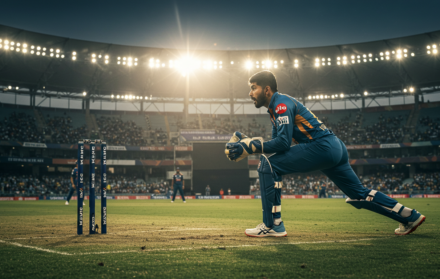
Afghanistan’s Rise in International Cricket
Few cricketing stories are as improbable—or as inspiring—as that of Afghanistan. In less than two decades, the nation has gone from playing on dusty fields in refugee camps to competing with the world’s elite on the biggest stages in the sport. Through war, instability, and countless logistical hurdles, Afghanistan’s cricketers have emerged as symbols of pride and resilience for a country often defined by its struggles.
This meteoric journey hasn’t just captivated fans—it’s forced the global cricketing establishment to sit up and take notice. Afghanistan now holds full ICC membership, boasts players with worldwide fanbases, and continues to challenge established sides in all formats of the game.
But Afghanistan’s rise in international cricket is not simply about a few wins or standout players. It’s about defying the odds through community, belief, and sheer determination. This article traces the journey from humble beginnings to World Cup appearances, exploring the people, politics, and performances that turned a war-torn nation into a cricketing force.
From refugee camp cricket to packed stadiums, this is the story of a team that dared to dream—and then made the world believe in them too.
1. Humble Beginnings: Cricket in the Camps
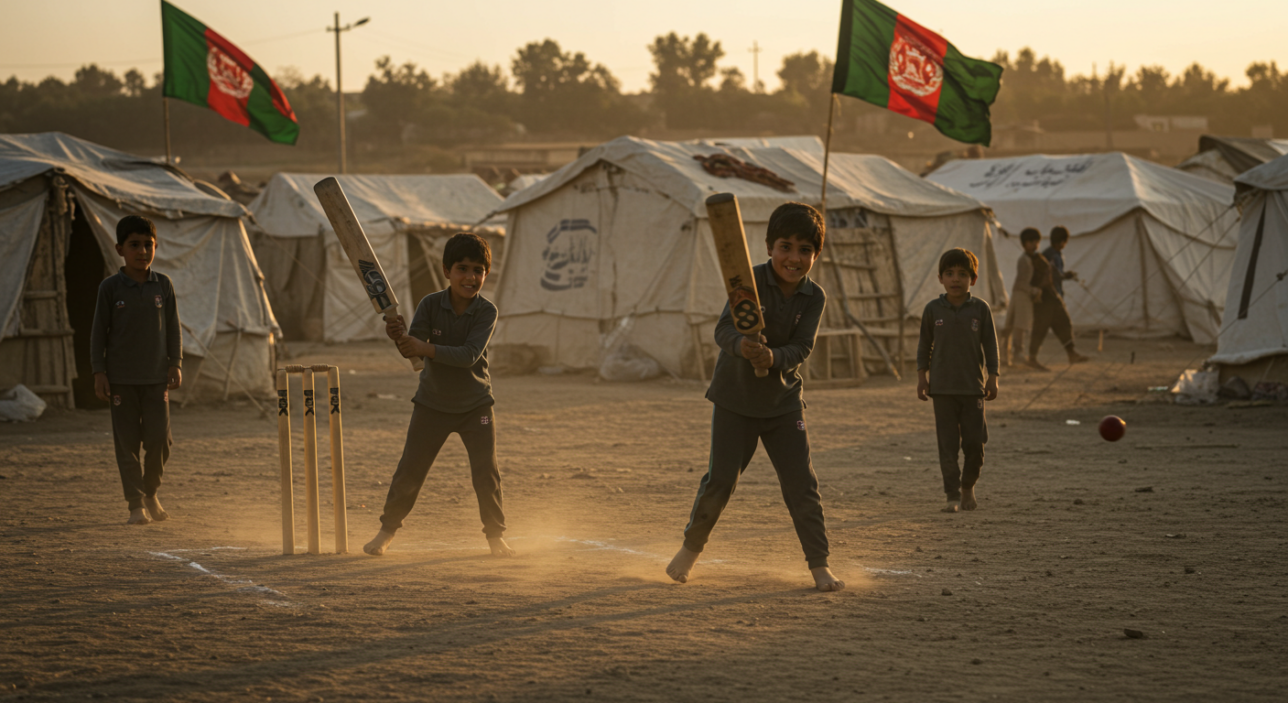
The roots of Afghanistan’s cricketing journey can be traced not to Kabul or Kandahar, but to the refugee camps of Pakistan. It was in places like Peshawar and Quetta that thousands of Afghan boys, displaced by decades of conflict, first encountered the game that would come to define their nation on the world stage.
Cricket offered a rare source of joy amid hardship. With makeshift bats and tape balls, children played in alleys, open fields, and even between tents. The Afghan refugee experience in Pakistan gave rise to a deep, almost spiritual connection with the sport. It quickly became more than a pastime—it became identity, escape, and ambition rolled into one.
As these players matured, they brought that passion home. When the Taliban regime was toppled in 2001, returning refugees brought cricket with them. Grounds were carved out in dusty cities, and basic coaching began to take root. The Afghanistan Cricket Board (ACB) was formed in 1995 but only became functional after the return of key players and organisers from exile.
What followed was a rapid evolution, sparked entirely by grassroots enthusiasm. In many ways, Afghanistan’s rise in international cricket started with this unlikely cricketing education—formed not in academies, but in the margins of displacement and survival.
2. The Road Through the Divisions: From Nobodies to Contenders
When Afghanistan entered the ICC World Cricket League in 2008, they were virtually unknown in cricketing circles. But they didn’t stay anonymous for long. In just two years, they rocketed from Division Five to One—beating teams like Jersey, Nepal, and the Netherlands with a blend of passion and unorthodox flair.
That surge through the divisions was nothing short of miraculous. With limited facilities, minimal funding, and little exposure to high-level opposition, the Afghan side relied on raw talent and unbreakable spirit. The 2009 victory in Division Three, hosted in Buenos Aires, remains iconic—not because of the opposition, but because of what it symbolised: legitimacy.
By 2010, Afghanistan had earned ODI status, and they weren’t done. Their debut at the ICC World Twenty20 the same year marked their arrival on the global stage. While they didn’t win any matches in that tournament, their presence was a statement.
This period laid the foundation for what would come next: a full-blown ascent to Test status and World Cup qualification. It proved that even without legacy or infrastructure, belief and talent could break through barriers. This phase was essential to Afghanistan’s rise in international cricket—and it showed the world that they were not just rising; they were here to stay.
3. Star Power: Rashid Khan and the Global Spotlight
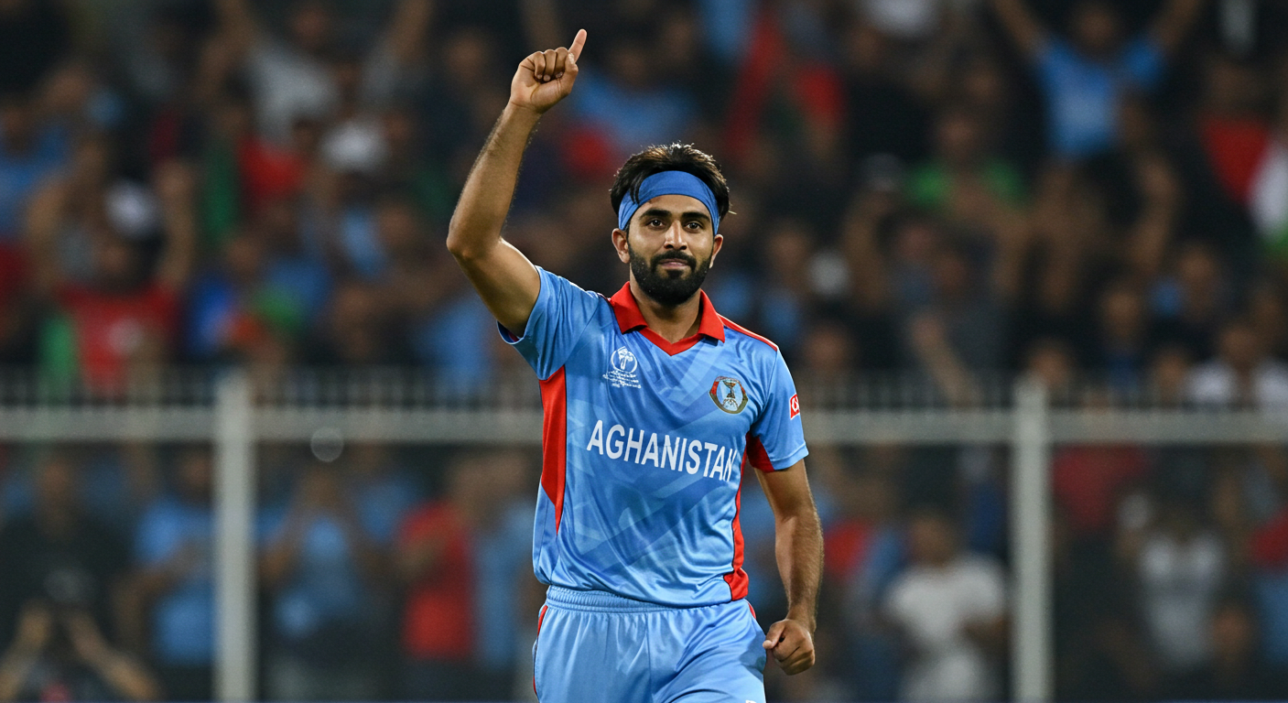
Every cricketing nation needs a breakout star—someone whose talent transcends borders and draws attention to the team behind them. For Afghanistan, that figure is Rashid Khan. When he burst onto the international scene in 2015, it was immediately clear that this wasn’t just another promising spinner. He was something entirely new.
With a whippy action, lightning arm speed, and a deadly googly, Rashid redefined what a modern leg-spinner could be. But what made him truly special was his impact in franchise leagues around the world. From the IPL to the Big Bash, from the Caribbean to the Hundred, he didn’t just participate—he dominated.
Through Rashid, Afghan cricket gained global visibility. He gave fans a reason to watch, broadcasters a story to tell, and young players a role model. Others followed—Mohammad Nabi, Mujeeb Ur Rahman, and more—but Rashid was the turning point. His stardom showed that Afghan players could not only compete at the highest level, but could be central to the spectacle.
In many ways, his rise mirrors Afghanistan’s rise in international cricket: fast, improbable, and undeniably earned. He became not just a player, but a symbol—for resilience, for belief, and for a nation determined to prove it belongs.
4. Full ICC Membership and the Test Dream
In June 2017, the International Cricket Council granted Afghanistan full member status—a landmark decision that confirmed what their performances had already suggested: they were no longer outsiders. They were a cricketing nation in every sense.
Test status had long been considered the pinnacle, reserved for countries with deep roots in the sport. For Afghanistan to reach that milestone so quickly was unprecedented. It was also deeply symbolic. Here was a team that just a decade earlier didn’t have access to turf wickets, now preparing to play the format’s most elite level.
Their Test debut came against India in June 2018. It was a baptism by fire—India won inside two days—but the result mattered far less than the occasion. For Afghan players, standing in whites with a red ball in hand, hearing their anthem before a Test match, was a moment of vindication and pride.
Since then, they’ve registered their first Test win (against Ireland) and claimed a historic victory over Bangladesh in Chattogram. There’s still a long way to go, particularly in developing consistency in the five-day format. But the foundation is there.
This elevation to the game’s highest tier was a defining chapter in Afghanistan’s rise in international cricket, proving that their journey wasn’t just emotional—it was structural, strategic, and real.
5. World Cup Campaigns: Learning on the Big Stage
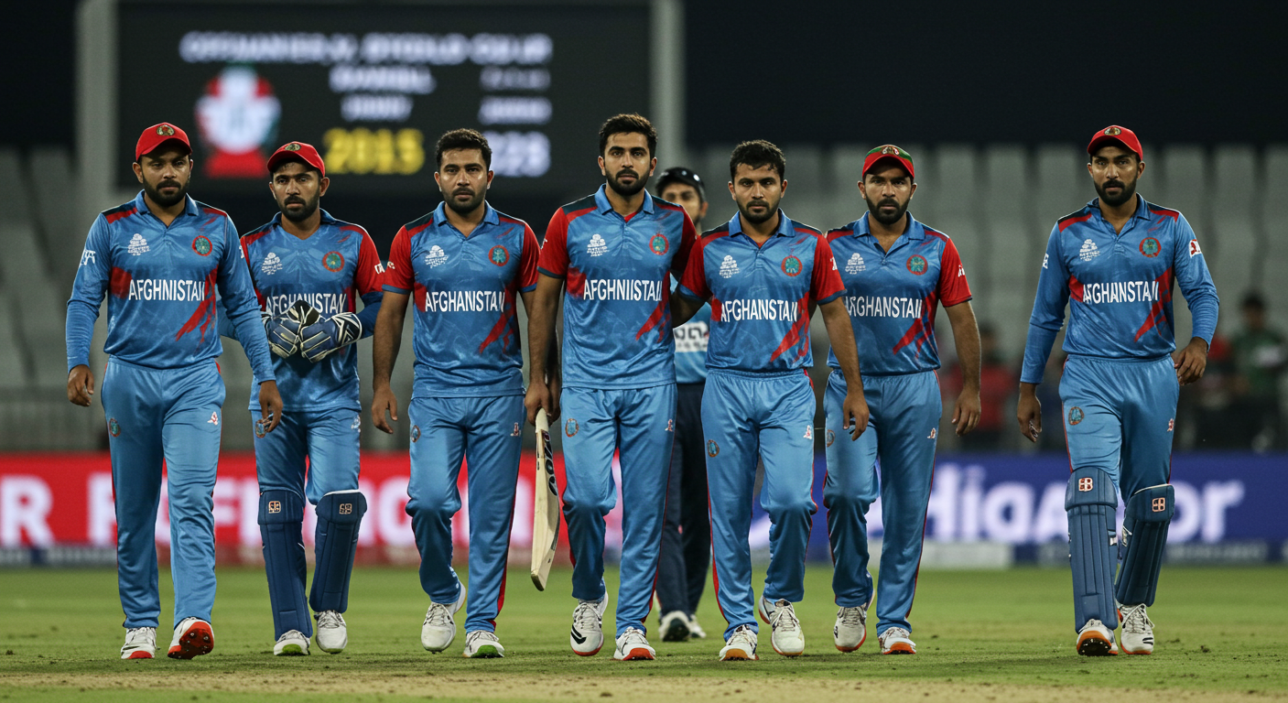
Afghanistan’s qualification for the 2015 ICC Cricket World Cup was a watershed moment. It marked the team’s first appearance at the sport’s biggest event—a reward for years of relentless progress through the ICC’s qualifying circuits. Though results didn’t favour them, the experience was invaluable.
The team’s only win in the tournament came against Scotland, but that lone victory meant everything. It proved that Afghanistan could hold its own on the global stage, and more importantly, it introduced them to fans across the world.
Four years later, at the 2019 World Cup in England, expectations were higher. Afghanistan had a more balanced side, with a core of experienced players and an expanded support structure. While the tournament again ended without multiple wins, matches against India and Pakistan were incredibly close and fiercely contested—earning the team admiration for their spirit, even in defeat.
It became clear that Afghanistan wasn’t just a heartwarming underdog story. They were evolving into a legitimate threat. Tactical maturity, fitness levels, and team unity had all improved.
These World Cup campaigns, though imperfect, have been instrumental in Afghanistan’s rise in international cricket. They’ve exposed weaknesses, built resilience, and made clear that the journey from hopefuls to contenders is well underway.
6. Domestic Cricket and the Afghan Premier League
International success is often built on a strong domestic foundation—and in recent years, Afghanistan has begun to invest seriously in its own cricketing ecosystem. The Shpageeza Cricket League, launched in 2013, was the country’s first major attempt to establish a professional T20 structure. It offered a platform for local talent to play in front of home crowds, under the lights, with real stakes.
The league has grown steadily, drawing in international players and creating media interest both domestically and abroad. More importantly, it has helped uncover regional talent and given young cricketers a competitive environment to prove themselves.
In 2018, the Afghanistan Premier League (APL) was introduced as a higher-profile franchise tournament hosted in Sharjah. While its inaugural edition featured big international names like Chris Gayle and Shahid Afridi, the APL has struggled to maintain momentum due to financial and organisational issues.
Despite these growing pains, the value of domestic leagues remains enormous. They provide structure, visibility, and aspiration—key ingredients for nurturing the next generation.
These developments may not yet rival other cricketing nations, but they represent progress. A strong domestic setup is essential for long-term success, and it’s increasingly clear that such investment is fuelling Afghanistan’s rise in international cricket from the inside out.
7. Coaching, Mentorship, and the Role of Experience
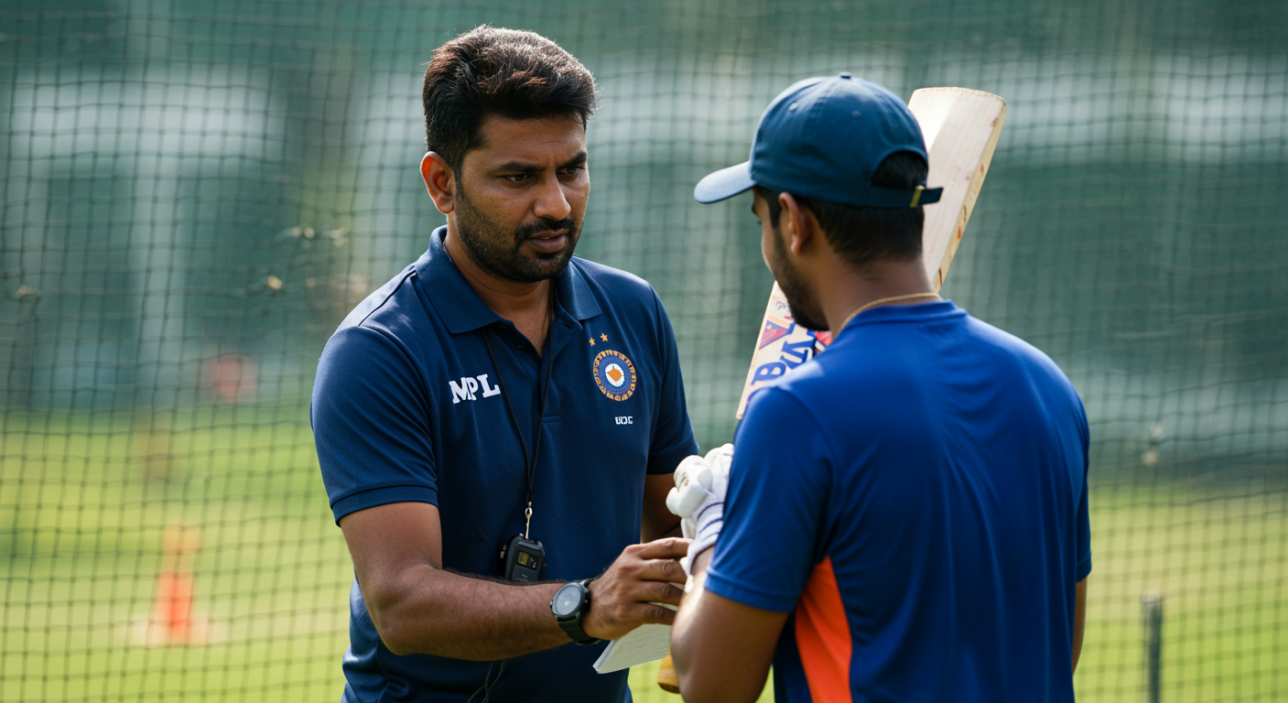
No team climbs the international ladder without guidance—and for Afghanistan, the influence of seasoned coaches and mentors has been quietly transformative. Over the years, former international players like Andy Moles, Phil Simmons, and Inzamam-ul-Haq have played key roles in shaping the squad’s mindset and professionalism.
In the early days, Afghanistan’s approach was raw and emotionally driven. While passion carried them far, technical polish and tactical discipline were needed to compete with the world’s best. That’s where experienced coaches made a difference—instilling structure, refining skillsets, and introducing the kind of mental toughness required at the elite level.
Former captain Asghar Afghan also deserves credit. Under his leadership, the team developed a core identity and culture rooted in discipline and belief. He provided the bridge between the fearless exuberance of youth and the demands of international consistency.
Mentorship off the field has been just as vital. Cricket administrators, local coaches, and even broadcasters have worked to professionalise the sport in Afghanistan—against a backdrop of political instability and limited resources.
Behind every performance is a layer of guidance and strategy. These mentors haven’t just coached—they’ve helped construct the very foundation of Afghanistan’s rise in international cricket.
8. Challenges Ahead: Politics, Instability, and the Fight for Continuity
Afghanistan’s cricketing journey has been extraordinary—but it has never been straightforward. Behind the scenes, instability continues to cast a long shadow over the sport’s future. Political upheaval, funding issues, and shifting leadership have all made it difficult to build long-term strategies or sustain momentum.
The Taliban’s return to power in 2021 raised immediate questions about the fate of the national team. While the men’s side has continued to play internationally, the situation for women’s cricket has deteriorated entirely. This contradiction poses moral and practical dilemmas for the ICC and other cricketing boards, many of whom now face pressure to take a stand.
There’s also the challenge of infrastructure. Despite recent improvements, the country still lacks adequate facilities to host high-profile matches consistently. Much of the national team’s preparation continues to happen abroad, which raises costs and affects player development.
Yet, the team endures. Through uncertainty, they continue to perform—often admirably—on the world stage. That ability to stay focused in the face of so many off-field challenges is remarkable in itself.
These hurdles are not going away. But neither is the team. Navigating this complexity will define the next phase of Afghanistan’s rise in international cricket, where resilience must evolve into sustainability.
Conclusion: From Hope to Legacy – Afghanistan’s Rise in International Cricket
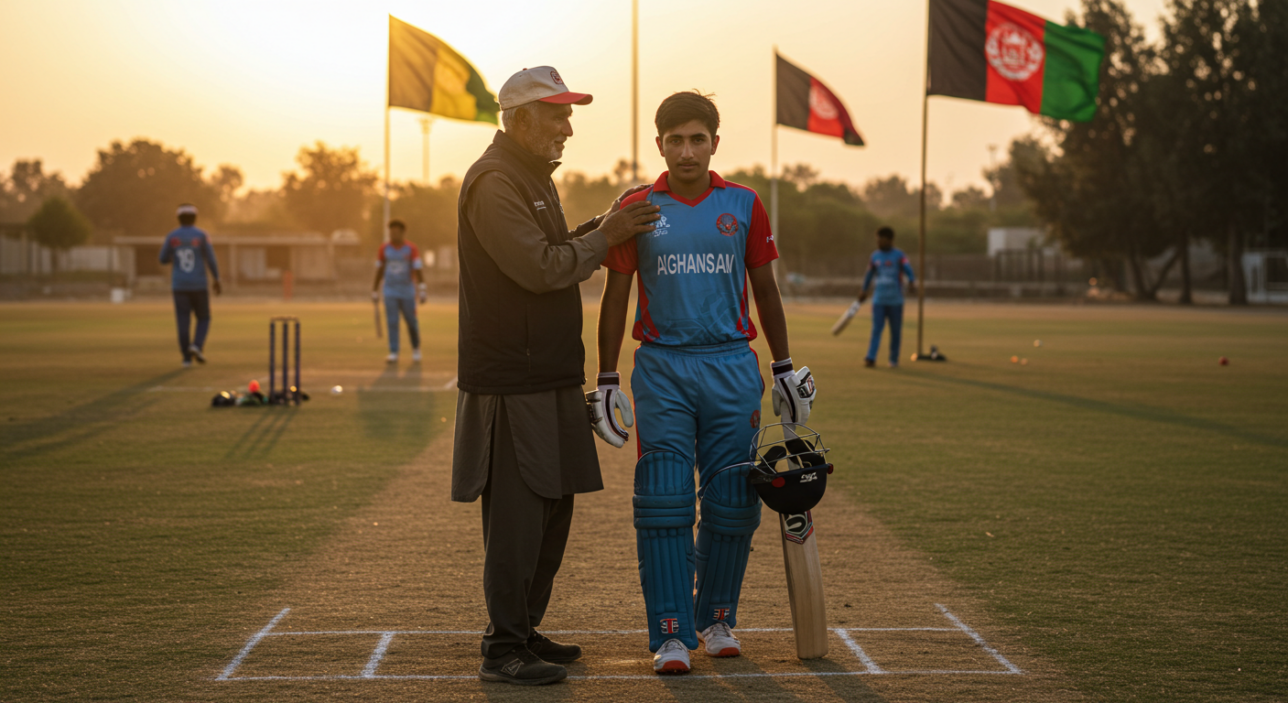
What began on refugee camp pitches and borrowed fields has become one of the sport’s most compelling modern stories. Afghanistan’s rise in international cricket isn’t just about results—it’s about what the game has come to symbolise for a country more often associated with conflict than celebration.
The team’s progress has been defined by improbable victories, unforgettable talents, and an unshakable sense of national pride. But perhaps more impressively, it has happened against a backdrop of logistical hardship, political volatility, and global scepticism.
This isn’t a rise built on boardroom deals or television rights—it’s one fuelled by desire, by identity, by a community that refused to be defined by limitations. From Rashid Khan’s brilliance to grassroots coaches in Herat or Jalalabad, every chapter has been a testament to what cricket can mean beyond the boundary rope.
The path ahead remains uncertain. But with every match played, Afghanistan continues to shift global perceptions—not just of itself, but of what’s possible in the game.
Cricket may not solve Afghanistan’s challenges, but it has given the nation something profound: a unifying story, told in runs, wickets, and hope. And that story still has many chapters left to write.


